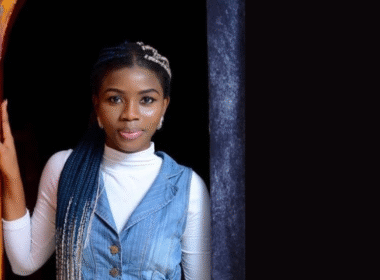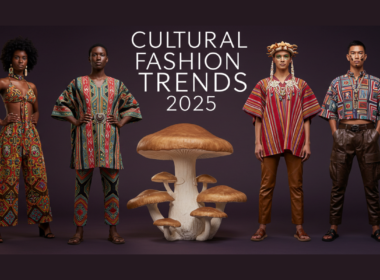Subtitle: A Global Dialogue with Iranian Contemporary Art
Orkideh Daroodi’s unique perspective straddles two worlds; she was born in Iran but raised in the United States. Her gallery, O Gallery, isn’t just a platform for showcasing art; it’s a bridge between cultures, a sanctuary for budding talents, and evidence of the resilience of artistic expression amidst societal challenges. In this exclusive interview, we dig into her profound insights on the confluence of art and society, navigating the delicate balance between creative freedom and social expectations, and the enduring importance of physical art spaces as platforms for dialogue and expression in our increasingly digital world.
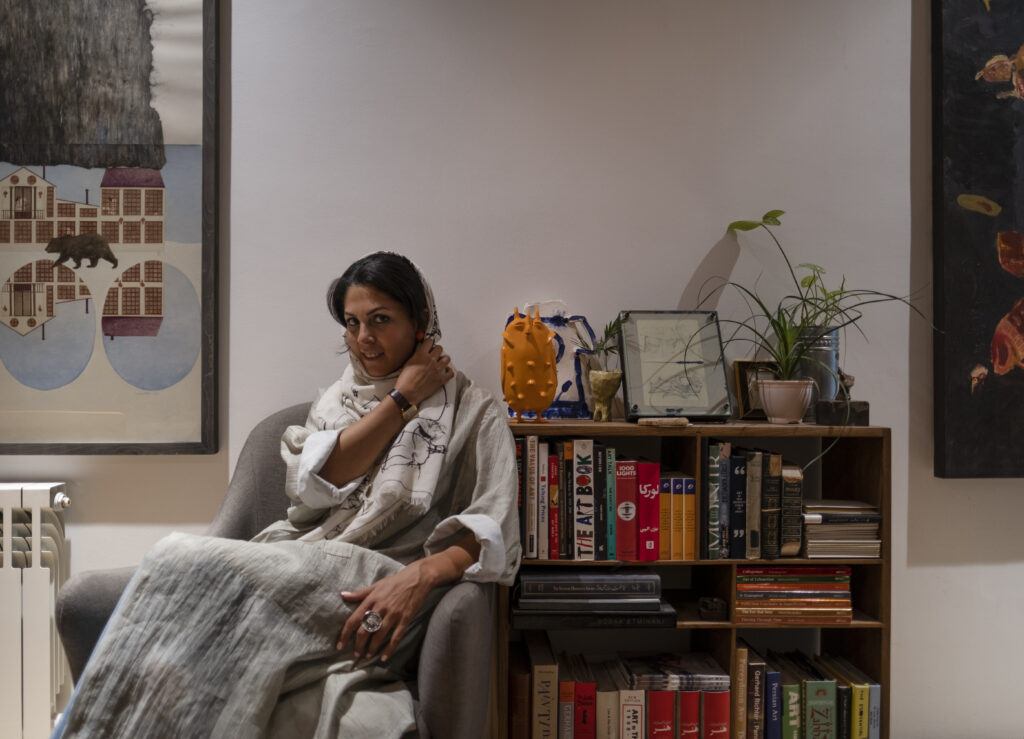
FAB: Let’s start with your journey from UC Davis to founding a whole gallery. How has your experience in the US influenced your passion for contemporary Iranian art?
Orkideh Daroodi: When I moved to the US, I was in my teens. I was thirteen years old when I moved with my family, and when I was there, I was interested in a totally different path. When I went to university, I studied English literature. My part-time job when I was in school was a position at the veterinary hospital as a vet technician. After I graduated, I decided to stay at the hospital because they offered me a position with a good salary and I loved working with animals. I continued to work there for another year. Then I decided to take a break. I thought I was going to come back here for a year since I hadn’t lived here since I left and had only come for short visits during the summer. When I came back, because I was working 60 hours a week back in the US, the first couple of months that I wasn’t working were pretty fun. I was hanging out with childhood friends and having time to myself, but after two months, I was like, what am I gonna do? I had all this free time, which I wasn’t used to.
So I started teaching English at an institute. While I was there, I was also working on the institute’s website. It was then that I heard from the person overseeing the technical aspects of the website: his sister, a painter, told him of an art gallery in search of an assistant and asked if I would be interested. At that point, I didn’t know much about contemporary Iranian art, especially its business side. The gallery is called Assar Art Gallery. So I went there, we did the interview, and I worked for them for about four years. During those four years, I began to learn more about the business and contemporary Iranian artists. I became very interested and started to educate myself more by reading certain books and visiting more museums and galleries when I travelled.
After four years, I thought that I wanted to open my own gallery because, when I was working there, there were a lot of artists, mostly young ones, that would come to the gallery and inquire about having a show. I had to turn them down because they wouldn’t fit into the programme of that gallery, as they had a set of represented artists that they mostly worked with. At the time, I started to think that there was a niche for representing younger artists. Not that there weren’t any galleries doing that already, but I thought that there was room for more.
So I opened my gallery with a focus on mostly young artists and also artists that are not based in the capital. I would travel to different cities and make many studio visits. Over the past nine years, I’ve had over fifty shows by artists who were showing their works for the first time in a solo setting. Out of those fifty, twenty-five were from different cities. Now, the gallery has a set of artists that are represented by the gallery, so we don’t take on as many new artists as before, but we still make sure that at least we have two or three exhibitions per year of artists who have never been shown before.
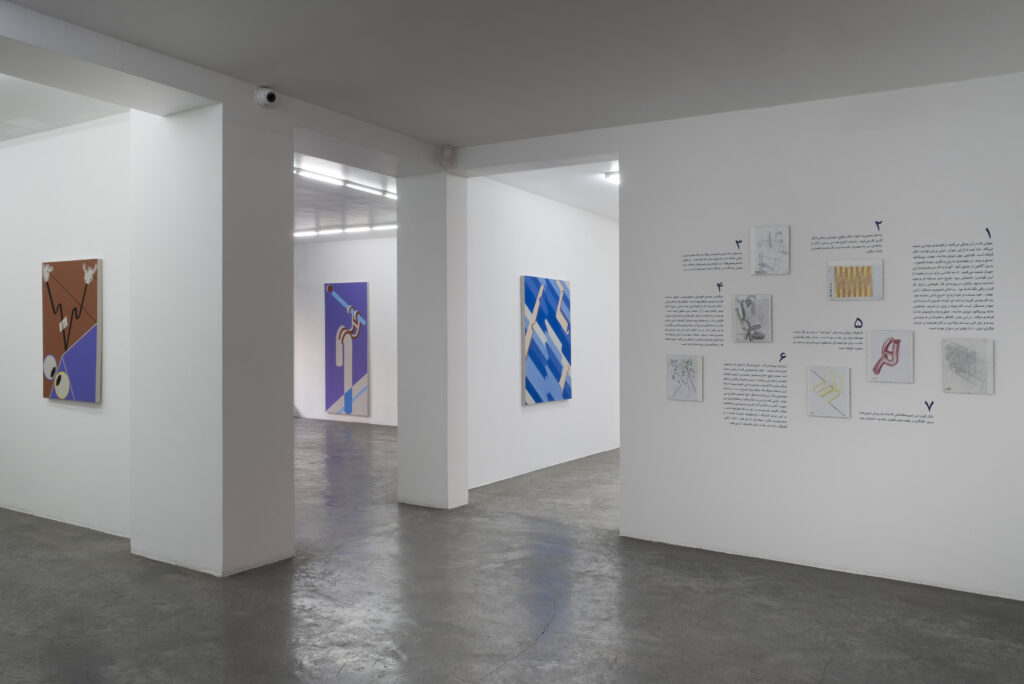
Cultural Confluences: Iranian and American Art Perspectives
FAB: As an expert, what would you say you’ve observed when it comes to the point of convergence or divergence of artistic perspective between these two cultural contexts, that is, the US and Iran?
Orkideh Daroodi: My work is mostly focused on Iran and the work of Iranian artists. My trips back to the US are usually very short, unfortunately. But it is interesting to see that when you travel and also with social media, a lot of these artists’ concerns are actually the same. You would see an artist here, for example, working on something, and then you’d see an artist from the States working on the same thing. It is very interesting to see these overlaps (both conceptually and visually—I mean in terms of technique as well). It is absolutely fascinating to see that many of the concerns and themes addressed by Iranian artists are parallel to those working in other countries.
Running a Gallery in Iran
FAB: Let’s talk about the challenges of running a gallery in Iran. From my understanding, the artistic community in Iran is navigating a delicate balance between creative freedom and social expectations. How have you been navigating these challenges?
Orkideh Daroodi: I think running a gallery or any business anywhere has its own challenges. It’s especially difficult here because there is a social/cultural responsibility attached to it as well. There is only one museum of contemporary Iranian art, TMOCA, which is closed most of the year. Therefore, some of the privately owned galleries try to fill the holes. Also, because there are no good institutions and there’s nothing founded by the government, a lot of times we feel obliged to be more supportive, like what I do with younger artists: when they come out of the university, lots of them don’t know what to do, what’s next, or what should be done. A lot of the galleries are not just galleries; they try to do different things. For example, we’ve done publications, we’ve done workshops, we’ve done travelling and pop-up shows, and we’ve done different things trying to cater to the needs of the community. Basically, what I’m saying is that it’s not just a business of showing and selling work. Also, we have censorship to deal with—what’s allowed to be shown and what’s not. We have to be conscious of balance.
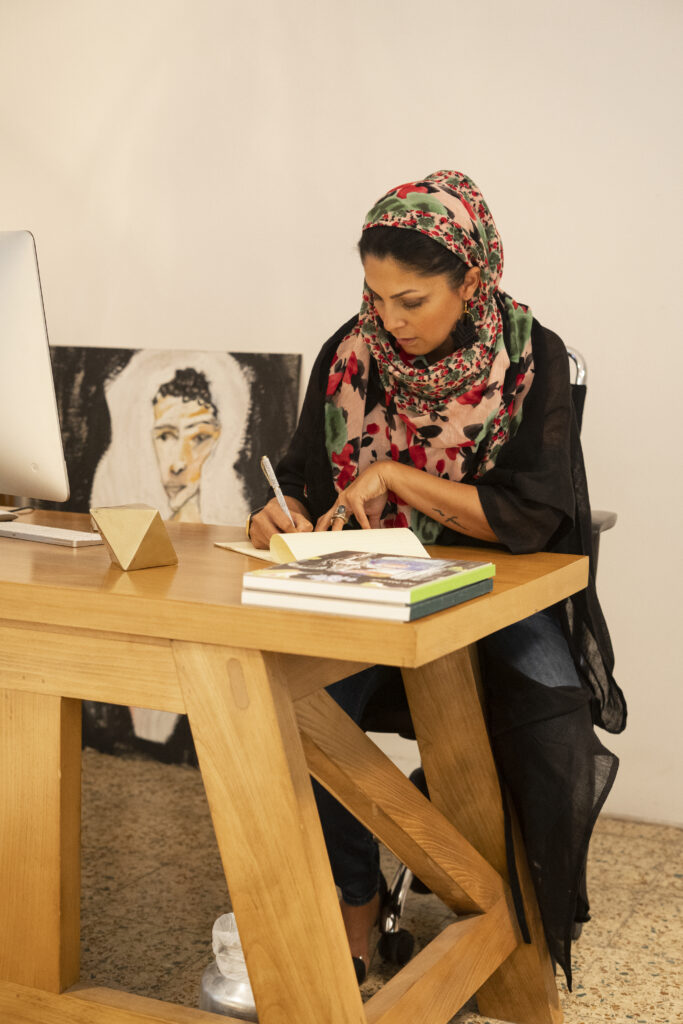
FAB: Speaking about social and political issues, you decided to open the gallery at a time of pro-democracy demonstrations in Iran, which sparked controversy. Can you elaborate on your own perspective about the role of art or galleries in times of social and political upheavals?
Orkideh Daroodi: I opened the gallery in 2014 but had to cancel shows during the protests last year. It was exactly last year when the protests started; we didn’t know how long they would last or what was happening. Eventually, we, like all the other galleries in the country, decided to cancel our shows. After two months of “closure” and after discussing the matter in detail with our artists, we decided to resume our shows. I guess because a lot of people think of an opening as a kind of celebration, it was frowned upon to have an exhibition or to have a public reception for exhibitions. Some of the other galleries were holding private shows, but I wanted to be open to the public. The talks with the artists led to the conclusion that it didn’t make sense to stay closed because all the other businesses were operating. We thought that not working and not doing anything was not really supportive of the protests and the movement that was taking shape. We had to be able to use one of the few public spaces still open where we could safely gather, talk, and just hang out.
The show we had in September by Donya Aalipour was actually scheduled for last year, and she’s based in Vienna. She had travelled to Iran, and she was here, but we decided to cancel her show because we simply didn’t know what was to happen. I also had a German artist scheduled to come for her show, but at that time I thought it wasn’t the best of times for travel, and since it would’ve been her first trip to Iran, I told her that it would be best to postpone the exhibition. We were also scheduled to hold an exhibition at TMOCA, a project that we had worked on for almost two years, but we decided to cancel that as well.
In short, we received many negative comments when we announced on Instagram that we were going to have a show. Those with negative feedback focused on the commercial aspect of the gallery. The first show we had was by three young female artists: Serminaz Barseghian, Aylar Dastgiri, and Nooshin Askari. It was a project that they had worked on as friends and colleagues for almost 10 years.
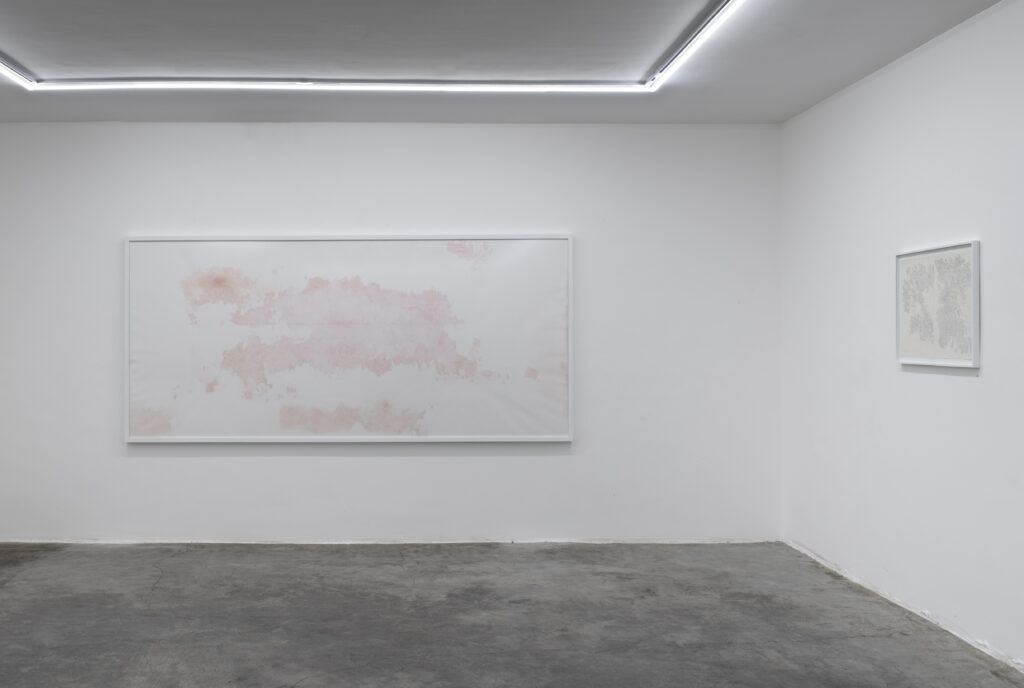
It is important to note that it was not an issue of gender at the time that we decided to have the show, but now that I am reflecting back, I’m simply addressing the existing contradictions. There was this contradiction, which is pretty much part of our culture. You would see it in different aspects of our lives. People were chanting “Women Life Freedom,” but at the same time, a female business owner was opening a show with three women, and we were being accused of not supporting the movement.
Some of the Persian networks abroad put the picture of the red paint thrown at our door and said that despite the protest on the streets, we had decided to open the gallery (like we were clueless as to what was happening and they knew better!); media propaganda pretty much. This was, of course, one side of the story. When we opened, there were actually a lot of people who came and were very supportive. There was this divide between people who initially thought that we shouldn’t have opened and people who were very happy and supportive. Within a period of two months, two or three galleries opened as well, but most of the galleries stayed closed to the public until the end of the Persian year (6 months).
It was interesting that some people said that if you’re open now, you have to only show works that are political or works that are related to what’s happening on the streets, and it was interesting to see that their expectation of art was just that of illustration and graphic design, something that can be done instantly. It would take time for artists to develop a concept and put together a collection that is exhibition-worthy. It’s not something that can be done overnight. More than a year has passed, and a lot of people have changed their minds. Those who were against it now say that it was good that we opened sooner rather than later.
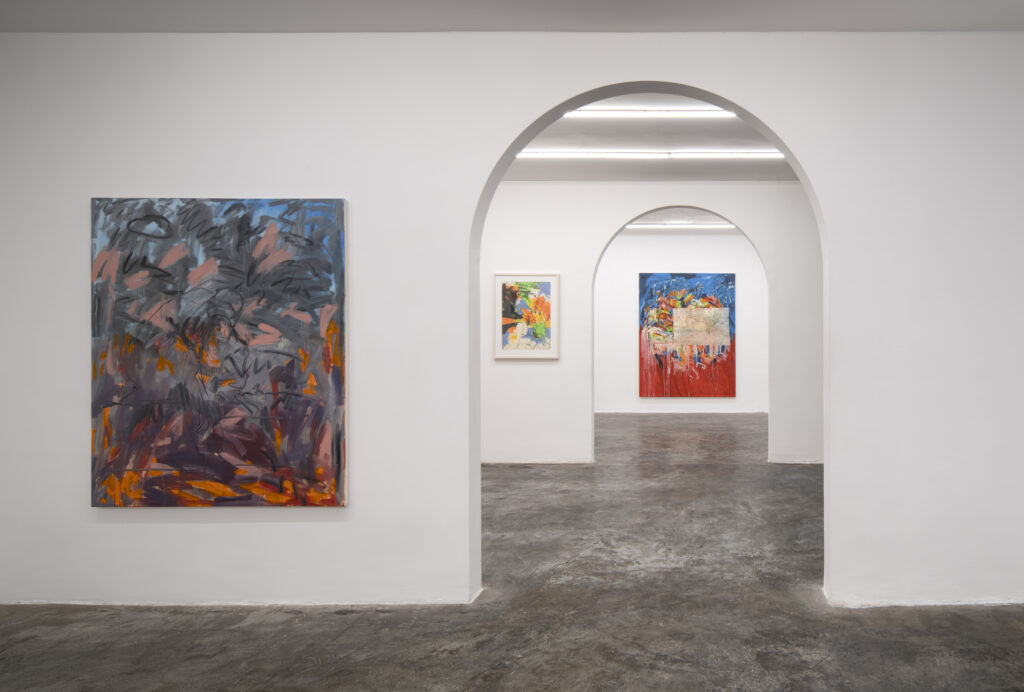
FAB: You have hinted at the therapeutic ability of art to take minds off traumatic events.
Orkideh Daroodi: We weren’t trying to make people take their minds off things per se. We just wanted them to be able to breathe a little bit easier. To really do something “normal” in order to be able to do other things as well. A lot of people would come to say that they felt isolated in their studios, and it was great to see them come out and gather in our yard to just talk and be!
Art’s Enduring Relevance: A Gallery Owner’s Perspective on Digital Art and Human Connection
FAB: With these challenges, we now see a new form of art in Iran. How do you see the impact of protest art on addressing contemporary issues in the country right now?
Orkideh Daroodi: A lot of things that you would see initially, as said, were illustrations or graphic designs; there were a lot of graffiti as well. Now, after a year, we see more things come out of the artists’ studios that are related to those days, and I think we will see a lot more in the years to come. It needs time to settle and then find its way back to the walls.
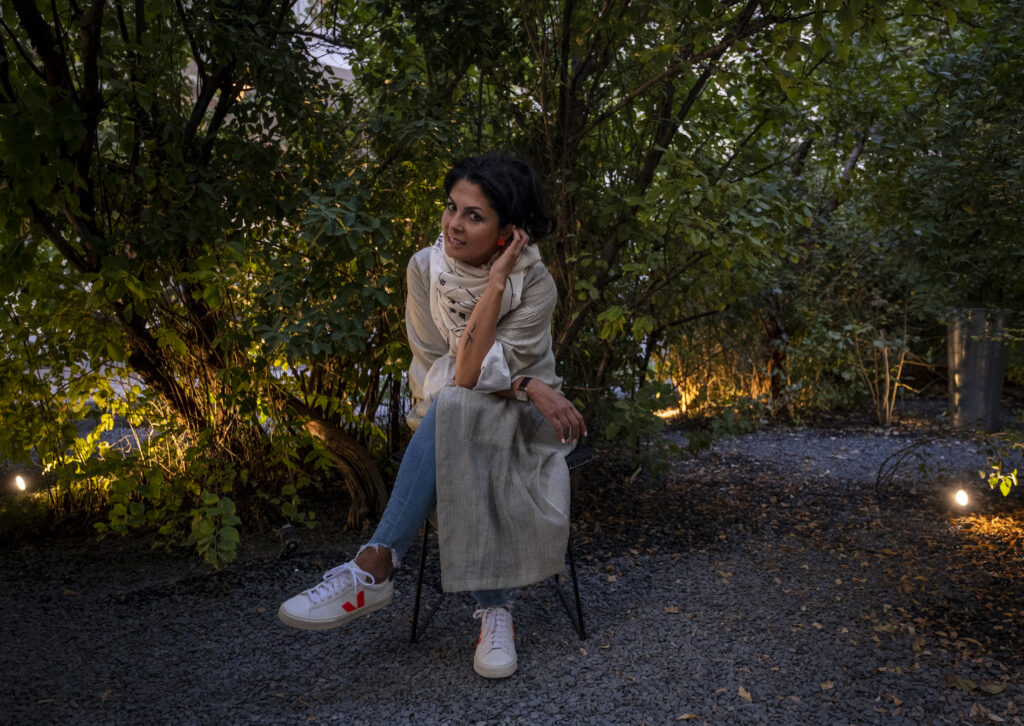
FAB: Let’s talk about the evolving nature of art—artificial intelligence and digital art. Would there still be any particular importance to art spaces as platforms for dialogue and expression?
Orkideh Daroodi: A good example would be when we were dealing with COVID. What happened was that our business and a lot of similar businesses started to think of innovative ways to have a more active digital presence. We added a viewing room to better show and promote our artists.
In the beginning, fewer people would come to the gallery, but that changed gradually as everyone was of the opinion that some works had to be seen up close and experienced in the space.
Recently, we also had a show that was entirely done by AI. The artist had created a fictional character and made images through AI. It was the first of its kind in Iran, and it was still held in a physical space where people could see the works up close.
Even though the number of online platforms is on the rise, I don’t think physical galleries will be replaced by just a digital presence anytime soon.
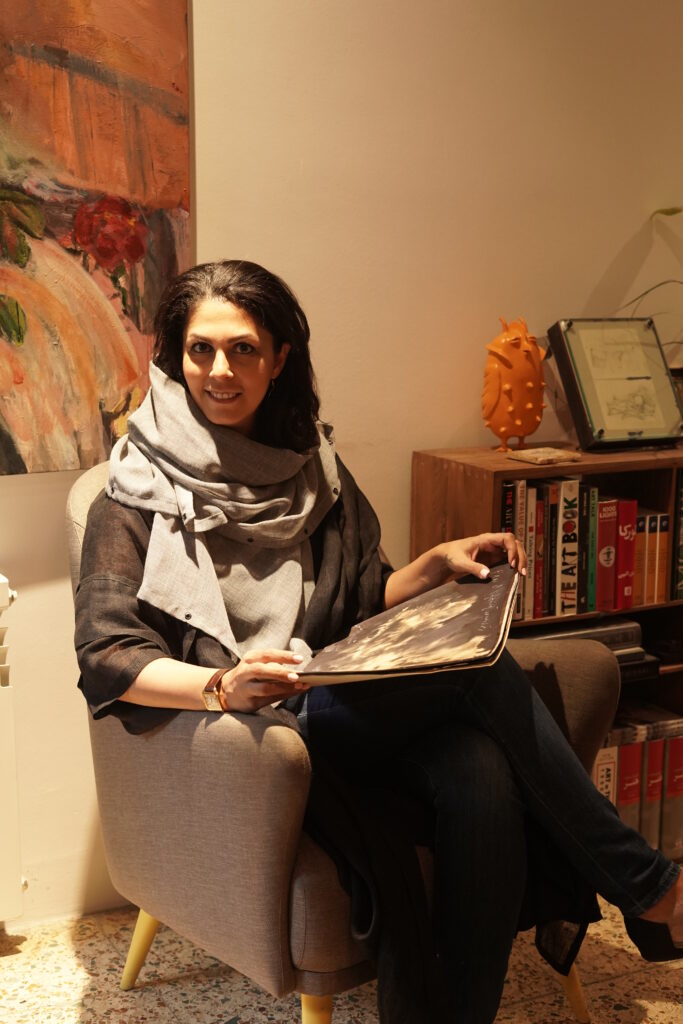
FAB: What drives your selection process for exhibitions or even curating some of these people?
Orkideh Daroodi: We have some different focuses. But our main goal is to be able to have a consistent program. I’d like us to be diverse, but at the same time to have a clear focus that is representative of our taste. To give a few specific examples, one of our main focuses is work on paper. In the beginning, we also showed a lot of conceptual art. Another thing I mentioned earlier is showing artists from different cities.
The programme is mostly balanced between abstract and figurative art. We do many studio visits during the year and schedule our shows annually to make sure that the consistency of the selected exhibitions is apparent to our audience. We try to look at the works individually, but also to see them within the whole programme of the gallery.
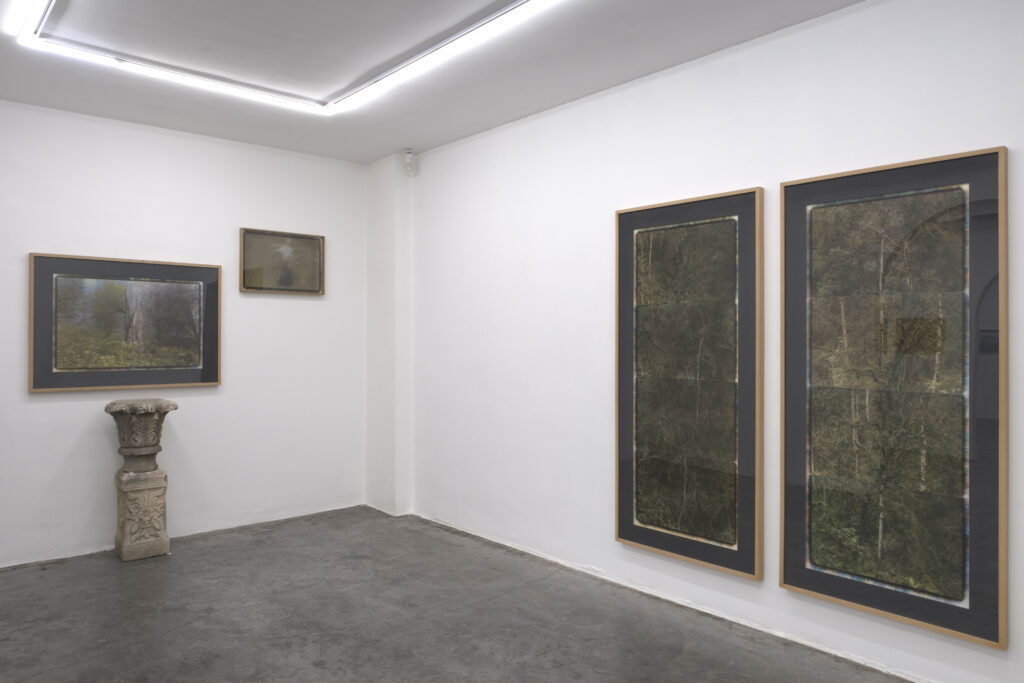
FAB: Tell us about an artist whose work you personally admire since you started this journey.
Orkideh Daroodi: There are many artists represented by the gallery who I admire for different reasons. For example, there is one artist whose first show we held, and it has been an absolute pleasure to see the progress and growth in her work within the years that we have worked together. From a shy individual, she has turned into a confident artist with ambition and great goals, and it’s inspiring to see the hard work that goes behind her creations. I give myself credit for having recognised her talent, and I give her credit and that of other artists like her for taking their work to the next level. In comparison to the younger generation of artists with whom we mostly deal, we have two established artists whose work continues to progress as well. Basically, they don’t just settle for what they know; they challenge themselves, and through these challenges, they try new things to create new experiences. That’s also something that is of great value when you can witness it up close.
FAB: Could you mention their names?
Orkideh Daroodi: The girl I was talking about is Maryam Mohry. There’s another artist who worked with a different gallery before, but his work has progressed tremendously since joining our programme; his name is Ashkan Sanei. The more established artist I mentioned with a more progressive approach is Ali Nassir. And as I said, there are many artists in our programme whose work I personally admire very much. This is really to name a few.

FAB: In your experience, how has the role of women in Iranian art evolved? Are there opportunities for female artists that you’ve seen right now?
Orkideh Daroodi: When we were reviewing our programme ourselves, we saw that there is almost a 50/50 balance between male and female artists we represent and have shown. Even though there are restrictions and limitations, there are many talented women working. Some of the top artists working, not just in my gallery but in other galleries as well, are female artists. More galleries have opened in the past few years, and that opens up more opportunities for artists, but that is not really gender-based and goes to both male and female artists. So there is definitely more visibility. But it is important to acknowledge that while progress has been made, challenges and inequalities still persist.
FAB: The perception of Iranian art and culture generally can be really complex. How do you see the global community engaging Iranian contemporary art to build a bridge to foster cultural exchange?
Orkideh Daroodi: The global community has indeed shown a growing interest in engaging with Iranian contemporary art as a means to foster cultural exchange and build bridges. Through international art exhibitions and collaborations with galleries abroad, biennials, art fairs, curatorial projects, artist residencies, and exchange programmes, perception is developing. Online platforms and social media accessibility also play a great role in this regard.
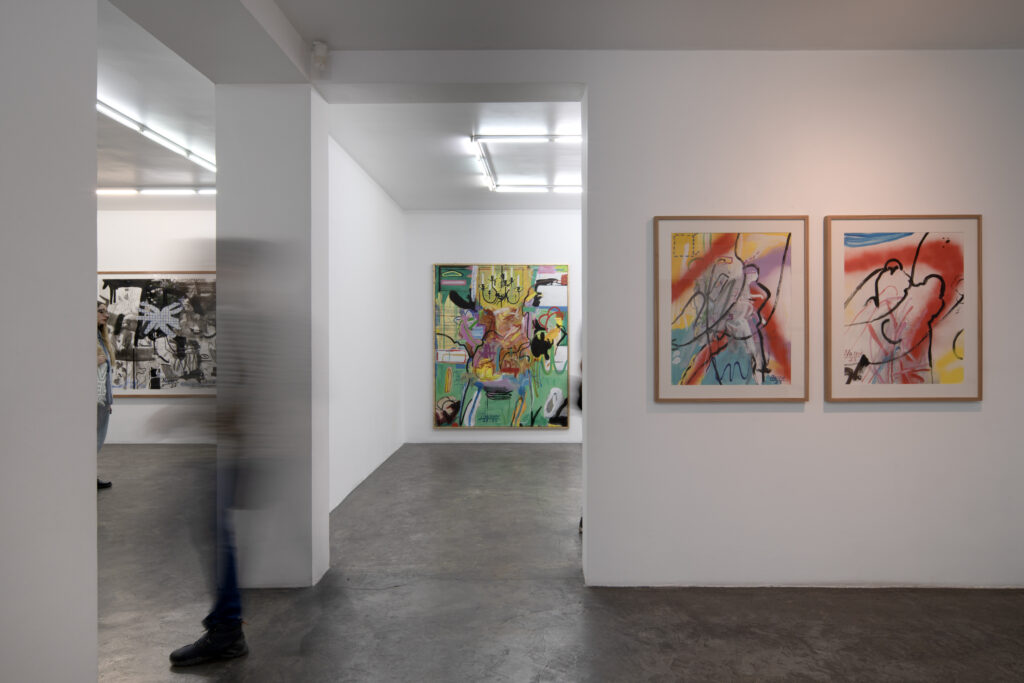
FAB: Looking ahead, what legacies do you hope to leave as a gallery owner and a champion of artistic expression in Iran?
Orkideh Daroodi: The thing that I like to think of the most is the fact that through all these ups and downs, we were able to keep our doors open. That’s the most important thing. And we were able to do it independently, with a small team in place.
Also, for our inaugural exhibition, I chose an artist from Shiraz, Omid Moshksar, that not many people knew, and even though I had worked at a gallery before, I was pretty unknown myself too. Though it was very risky, it turned out to be a great success, and I am happy that I took the risk to mark my way from the very beginning. Many galleries opt for more known and established artists to start, but I am really proud of myself that I went with my guts and went with the programme that I felt happy with. I’d like to think that the legacy left behind is one that we never gave up and that we took risks—a necessary risk!

